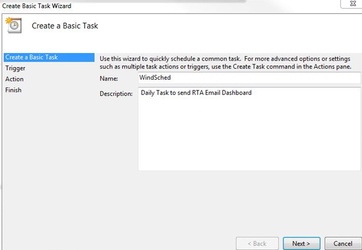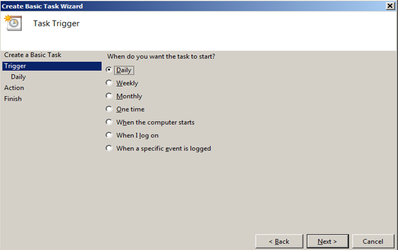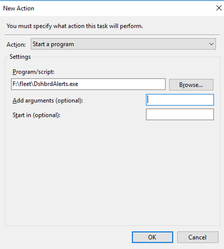Alerts Initial Setup
Add Required User Account
Go to screen (SUM) System>Setup Users>File Maintenance. Add a user named KPIEMAIL to your users list if it doesn’t already exist. RTA requires this specific user to be called “KPIEMAIL” to be the sender of the email notifications. Make sure to give the User full rights to all the facilities. Give it a password so no one can manually log in as this user account, as it exists for background operations only.
Email Setup
In the Setup User screen on the top you will see an EDIT drop down menu. You will then see SMTP information. Put in the SMTP info for your company’s email server. With Email turned on, the Dashboard Alerts program will send notifications to the user when new dashboard alerts are triggered (See SMTP Settings in Manual). Refer to the user configuration section for details on configuring Email accounts. The SMTP settings you put in for the KPIEMAIL user account will be the Sender Email for the alert emails, which means that if alert recipients reply, it will go back to the Email account you set up as the sender (KPIEMAIL user).
****You will need to obtain your SMTP server settings from your IT Department if you’re not sure what it is.
Windows Scheduler Task
The Dashboard Alerts can be set up to run automatically. This should only be done on ONE computer in your organization. Select a computer that is normally running and will not be powered off.
Automatic Setup
*Our Recommendations are in the pictures for the next steps
- Create a new Windows Scheduler task by clicking on computer’s Start button.
- Type ‘sched’ in the Search field and hit Enter.
- Click on ‘Create Basic Task’ located on the screen’s right hand side.
- Name task and add a description (optional).
- Click Next.
- Select options when you want to start the task (Figure shown below), and click Next.
- Set options based on how you want to start the task (make sure if you use the specific time to trigger the task to set it for a time that the computer will be on) and click Next. We recommend daily with a repeat of every 15 minutes.
- Select the ‘Start a program’ option, and click Next.
- Enter the path where the DSHBRDALERTS.EXE file is stored in the Fleet folder as the program to run.
The screen below shows the path where our copy of RTA is stored, yours will be different.
- Click OK.
- Click Finish.


